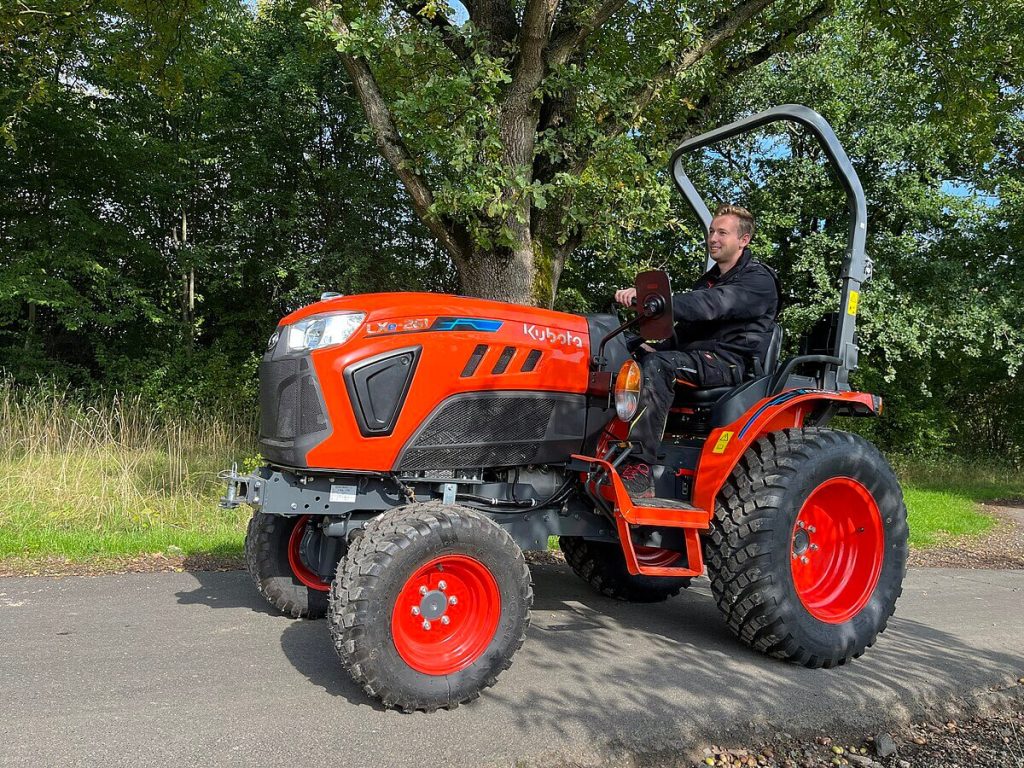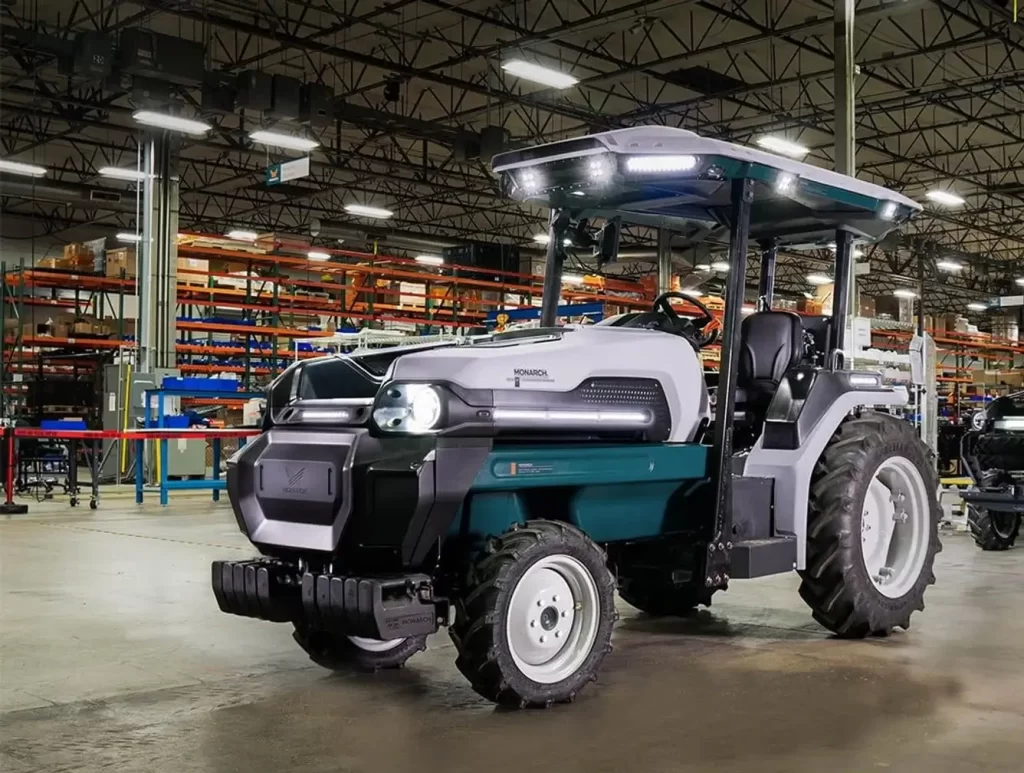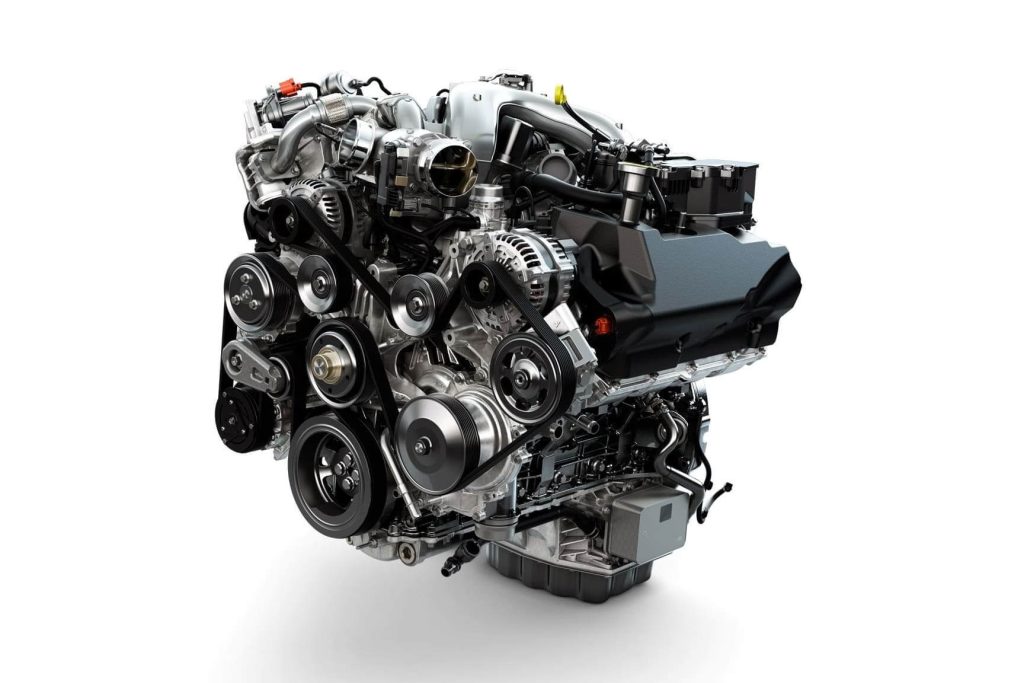In 2025, the agricultural machinery market is at a crossroads of transformation, with electric tractors becoming strong competitors to traditional diesel tractors. This transformation is jointly driven by environmental issues, technological progress and government support policies. As a farmer, the choice between an electric tractor and a diesel tractor will significantly affect the efficiency, cost and environmental footprint of your farm. This comprehensive guide will lead you to understand the key factors to consider and help you make informed decisions that meet the unique needs of your farm.
The global agricultural machinery market is undergoing a profound transformation, with electric tractors becoming a viable alternative to traditional diesel-powered tractors. Stricter carbon emission regulations and growing concern for environmental sustainability have prompted governments around the world to encourage the adoption of electric vehicles, including tractors. In addition, advancements in battery technology have enabled electric tractors to have longer driving ranges, faster charging times, and improved performance, making them more suitable for agricultural use.
For farmers, choosing between electric tractors and diesel tractors is not merely a matter of power and performance. It also involves considerations such as initial costs, operating expenses, maintenance requirements and environmental impacts. With the increasing popularity of electric tractors in the market, it is crucial to understand the differences between these two types of machines so as to make the most informed decision that suits the needs of your farm.
Contents
1. Cost comparison: Operating costs of electric and diesel
Initial purchase price
By 2025, the initial cost of electric tractors will still be higher than that of diesel tractors. The price of a 200-horsepower diesel tractor from a well-known brand may range from 50,000 to 70,000 euros, while the price of an electric tractor of the same power may be between 70,000 and 100,000 euros. However, the government’s incentives are narrowing this gap. In some regions, buyers of electric tractors can receive subsidies of up to $20,000 and are exempt from sales tax. For instance, in some states of the United States, farmers who purchase electric tractors with a horsepower of less than 100 are eligible for a 30% tax credit on the purchase price. These incentive measures have significantly alleviated the initial economic burden of electric vehicles.
Energy cost
In terms of energy consumption, electric tractors have obvious advantages. Assuming the electricity cost is 0.15-0.20 per kilowatt-hour, an electric tractor consumes an average of about 2-3 worth of electricity per hour of operation. In contrast, diesel tractors consume $3 to $4 per gallon of diesel and have an operating cost of $10 to $15 per hour, depending on the fuel efficiency of the engine. In a typical farm with an annual usage of 500 to 1,000 hours, electric tractors can save a significant amount of energy costs. However, regional differences in energy prices play a crucial role. In regions where electricity costs are high or diesel subsidies are available, the cost advantage of electric tractors may not be so obvious.

Long-term total Cost of ownership (TCO)
The total cost of ownership (TCO) over 5 to 10 years is a crucial factor in the decision-making process. Electric tractors, due to their simple design, usually have lower maintenance costs, but the cost of replacing batteries can be a considerable expense. The lifespan of most electric tractor batteries is 5 to 8 years, and the cost of replacing a battery is $10,000 to $20,000. In contrast, diesel tractors require regular oil changes, filter replacements and engine adjustments, and a major engine overhaul every 7 to 10 years may cost $15,000 to $30,000. Taking all factors into account, including the initial purchase price, energy costs and maintenance expenses, the total cost of ownership (TCO) of electric tractors can compete with that of diesel tractors, and even be lower than that of diesel tractors, especially in areas with electricity price discounts and government incentives.
2. Scope and operational capacity
Battery life and charging speed
In recent years, the endurance of electric tractors has significantly improved, but in some cases, they still lag behind diesel tractors. Most electric tractors currently on the market can run continuously for 4 to 8 hours on a single charge, depending on the battery capacity, type of work and terrain. However, fast charging technology is making progress in the agricultural sector. Some manufacturers now offer electric tractors with fast charging capabilities, which can charge the battery to 80% within 30 to 60 minutes. In addition, some regions are exploring the concept of battery swapping, that is, replacing a depleted battery with a fully charged one, which may completely eliminate charging downtime.

The continuous operation advantages of diesel engines
Diesel tractors have obvious advantages in continuous operation. When fully fueled, diesel tractors can run for 10 to 12 hours or even longer, making them an ideal choice for long-term continuous operation. Refueling a diesel tractor is also a relatively quick process, taking only a few minutes. This makes diesel tractors the preferred choice for large farms with extensive and high-intensity operations, such as harvesting, where time is of crucial importance.
Comparison of high-intensity work scenarios
In high-intensity working scenarios, such as large-scale farming or harvesting, the power and endurance of tractors are both put to the test. Diesel tractors feature high torque and continuous operation capabilities, making them highly suitable for these demanding tasks. However, electric tractors are not lagging behind either. Many modern electric tractors are equipped with large-capacity batteries and powerful electric motors, which can offer performance comparable to diesel tractors in terms of power and torque. In addition, the instantaneous torque provided by the motor can give electric tractors an advantage in certain applications, such as starting heavy objects or working on steep slopes.
3. Maintenance and reliability
The low-maintenance advantage of electric motors
One of the main advantages of electric tractors is their low maintenance requirements. Compared with diesel engines, electric motors have fewer moving parts, which means there are fewer parts that may wear out or get damaged. No oil change, spark plug replacement, or complex transmission maintenance is required. The most common maintenance tasks for electric tractors are battery checks, tire rotations and occasional software updates. In addition, the regenerative braking system on electric tractors can help extend the service life of the brakes and further reduce maintenance costs.
The maturity and durability of diesel engines
For decades, diesel engines have been the main force in agriculture, and their reliability and durability are widely recognized. Here is a vast network of dealers and repair shops that can provide services for diesel tractors, and parts replacement is always available. Many farmers are also familiar with the basic maintenance and repair of diesel engines, which can save labor costs. However, diesel engines do require regular maintenance, including oil changes, filter replacements and engine adjustments. Moreover, due to the complexity of their mechanical and fuel systems, they are more prone to failure.

Comparison of downtime costs
For any farm operation, downtime is costly, and the frequency and duration of downtime for electric tractors and diesel tractors vary greatly. The maintenance requirements for electric tractors are relatively low, so unexpected malfunctions are usually less likely to occur. When problems occur, the simplicity of the electric drive system can make troubleshooting and maintenance faster. However, if the battery fails, it may take longer to replace and get the tractor running again, especially if replacing the battery is not easily accessible. On the other hand, diesel tractors may require more frequent maintenance, but repairs can usually be carried out on-site by farmers or local mechanics to minimize downtime. When comparing electric tractors with diesel tractors, the downtime cost should take into account the total cost of ownership.
4. User Experience and Intelligence
The intelligent features of electric agricultural machinery
Electric tractors are at the forefront of the digital revolution in agriculture. Many models are equipped with advanced features such as GPS-guided autopilot, which allows for precise on-site operation, reduces human errors and enhances efficiency. The remote monitoring system enables farmers to track the location, performance and battery status of tractors via smartphones or computers. Energy consumption data analysis can help farmers optimize their operations, reduce energy waste and costs. These intelligent functions not only make agriculture more efficient, but also contribute to the implementation of precision agriculture, in which inputs such as seeds, fertilizers and water are precisely applied, minimizing waste and environmental impact.
Mechanical intuition and familiarity with diesel engines
Diesel tractors offer a more traditional, hands-on user experience. The mechanical feel of operating a diesel tractor, accompanied by its low engine roar and direct mechanical control, is familiar to many farmers. No extensive training is required to operate diesel tractors because the control is direct and intuitive. This familiarity might be an advantage, especially for those farmers who are accustomed to traditional ways of doing things and hesitate to adopt new technologies. However, as agriculture becomes increasingly digitalized, diesel tractors lack advanced intelligent functions, which may put them at a disadvantage in terms of efficiency and productivity.
5. Environmental and policy factors
Potential restrictions on the use of diesel engines by carbon emission regulations
As the world moves towards a more sustainable future, carbon emission regulations are becoming increasingly strict. Diesel tractors are a major source of greenhouse gas and particulate matter emissions and may face more restrictions in the coming years. In some cities and suburbs, the use of diesel engines may be restricted or completely banned to improve air quality. Even in rural areas, farmers may be required to upgrade to cleaner engines or switch to alternative energy sources to comply with environmental regulations. In the long run, these regulations may reduce the feasibility of diesel tractors, especially for farms in areas with strict environmental policies.

Local subsidies and incentive measures for agricultural electric machinery
To encourage people to use electric tractors, many governments offer subsidies and incentives. These measures include direct financial subsidies, tax credits and grants. In addition, some regions are implementing carbon credit systems. Farmers using electric tractors can obtain carbon credits, which can be sold or used to offset their carbon footprints. These incentives not only make electric tractors cheaper, but also provide farmers with an additional source of income. As the demand for electric tractors grows, economies of scale may reduce production costs, making them more competitive in the long term.
6. Farmers’ Decision-making Guide: How to Choose
Scenarios suitable for choosing electric agricultural machinery
Electric tractors are highly suitable for medium and small-sized farms with relatively limited area and low workload requirements. They are also very suitable for use in greenhouses, where quiet operation and low emissions are significant advantages. Farms located near reliable power sources, such as those that can be connected to the power grid or generate electricity from on-site renewable energy sources, can fully leverage the cost-effectiveness of electric tractors. In addition, farmers who value low maintenance requirements and are interested in adopting the latest digital agricultural technologies may find electric tractors highly suitable for their operation.

Scenarios suitable for the selection of diesel agricultural machinery
Diesel tractors remain the preferred choice for large farms with extensive areas and high operational intensity. Their long-range capabilities and high power output make them ideal for tasks such as large-scale farming, harvesting, and towing heavy loads. Farms located in remote areas with limited power supply may also find diesel tractors more practical as they do not rely on external power sources for operation. In addition, farmers who are accustomed to the traditional mechanical operation of diesel tractors and prefer the simple maintenance of diesel engines may use diesel tractors more comfortably.

Hybrid strategy
A hybrid strategy, where farms use both electric and diesel tractors simultaneously, can be an effective solution for many operations. Diesel tractors can be used for high-intensity and long-duration tasks, such as large-scale harvesting or ploughing, while electric tractors can be used for lighter and more frequent tasks, such as field tillage, spraying and transportation within the farm. This method enables farmers to take advantage of the strengths of both types of tractors while minimizing their limitations. For instance, electric tractors can be used for daily tasks during the day, while diesel tractors are suitable for peak season operations that require maximum power and endurance.
Conclusion
By 2025, both electric tractors and diesel tractors will have their own set of advantages and disadvantages. Electric tractors have low operating costs, reduced environmental impact, and advanced intelligent functions, making them an attractive choice for many farmers. However, they still face challenges in terms of initial cost, driving range and charging infrastructure. On the other hand, diesel tractors are mature, reliable, and offer high power and long-range capabilities, but their operation and maintenance costs are higher, and their environmental impact is increasingly drawing attention.
Looking ahead, the trend of electrification in the agricultural machinery industry is likely to continue. With the advancement of battery technology and the continuous decline in costs, electric tractors are expected to be more competitive in terms of price, driving range and performance. However, diesel tractors are unlikely to disappear overnight, especially in areas where power is limited or where high power and long-range capabilities are indispensable.
Ultimately, the decision between an electric tractor and a diesel tractor depends on the specific needs of your farm, including the scale of your operation, the type of work you do, your location and your budget. By carefully considering the factors listed in this guide, consulting MINNUO can help you make informed decisions, which will help you optimize the efficiency, productivity and environmental sustainability of your farm.

